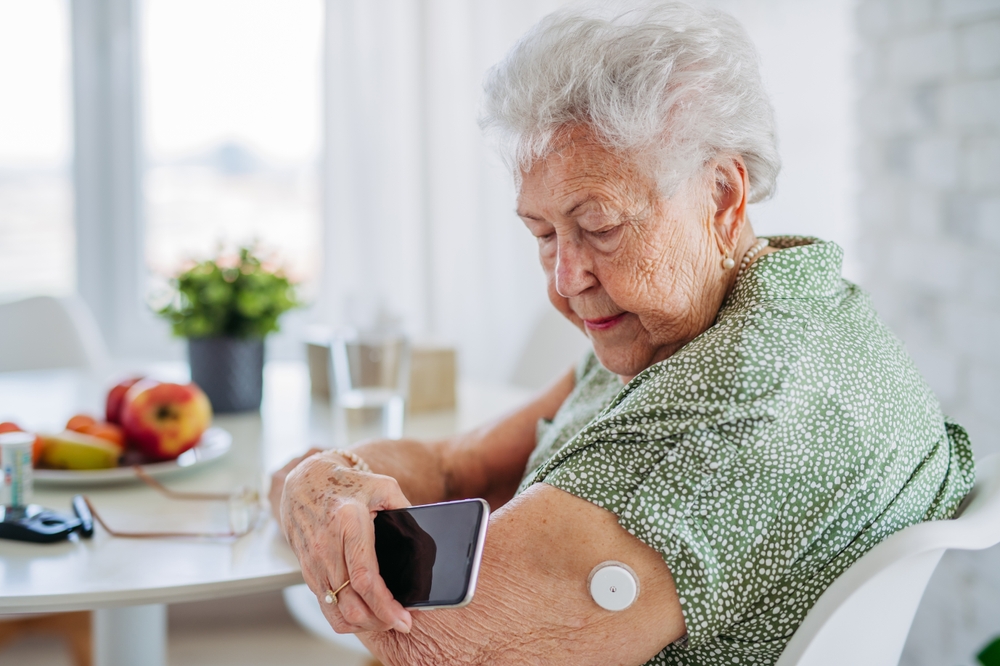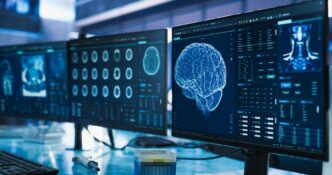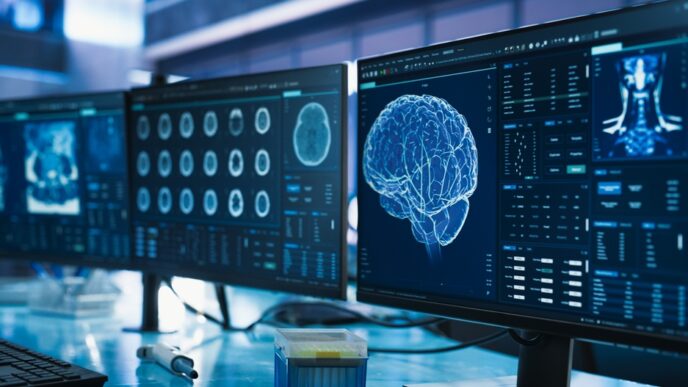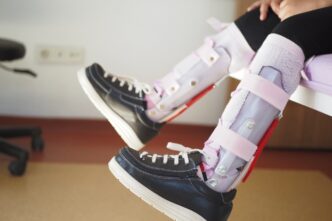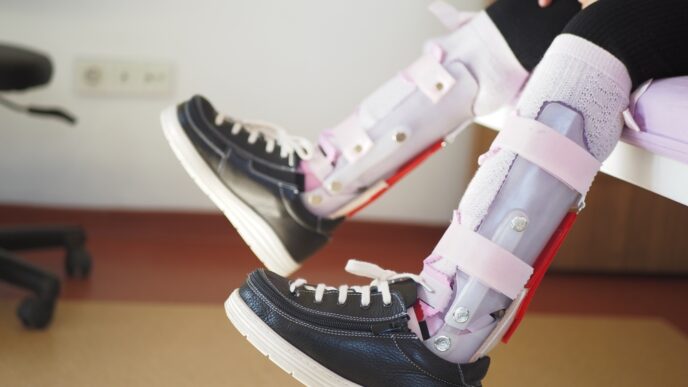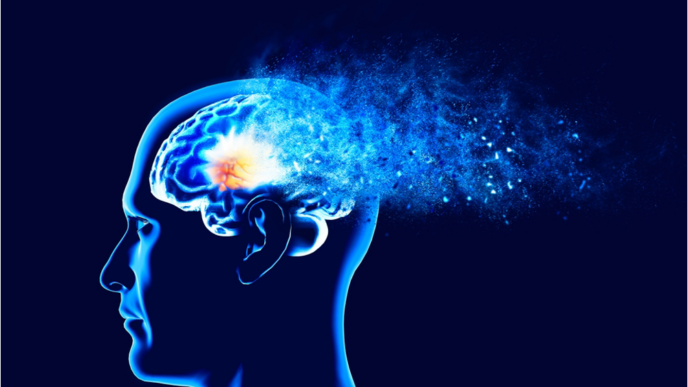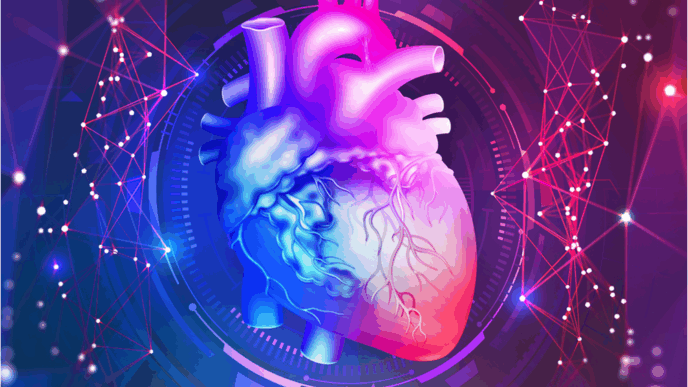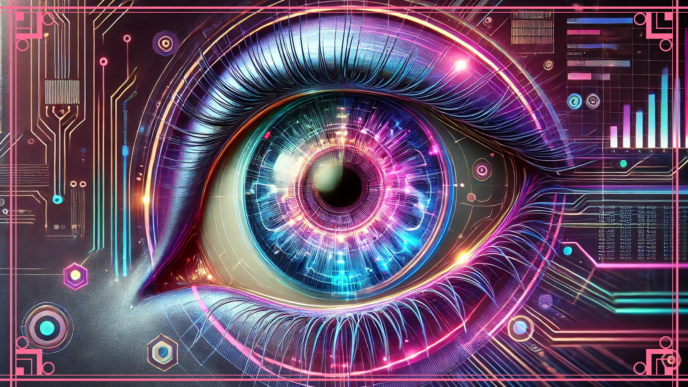WORDS DR NGU SIE TEIN
 FEATURED EXPERT FEATURED EXPERTDR NGU SIE TEIN Medical Officer Columbia Asia Hospital Miri |
Continuous monitoring of blood glucose and blood pressure has transformed how we manage our health at home. Let’s explore how this technology is changing diabetes care.
WHAT IS CONTINUOUS GLUCOSE MONIORING (CGM)?
- CGM uses a small wearable device with a tiny sensor under the skin to track glucose levels throughout the day.
- It sends real-time data to a smartphone or insulin pump.
- It offers a less intrusive alternative to finger pricks.
HOW DO WE BENEFIT FROM CGM?
- Real-time insights. Instantly access glucose data to make informed decisions about diet, exercise, and medication. This insight encourages greater adherence to both medication and lifestyle recommendations, leading to more effective diabetes management.
- Pattern recognition. Identify how meals, activity, and stress affect glucose levels.
- Early detection. Take steps to prevent dangerous high or low blood sugar episodes even before they occur.
- Reduced risk of diabetes-related complications such as kidney, nerve, and eye damage as well as hospitalizations. This will significantly enhance our overall well-being.
- Greater independence. We can take control of our diabetes management with continuous data.
- Reduces the need for frequent clinic visits by enabling remote check-ins and efficient in-person appointments focused on specific concerns.
| It is important to note that while CGM can reduce the need for frequent in-person visits, it cannot completely replace them. Regular in-person check-ups remain crucial for comprehensive care, including physical examinations, foot checks, and other essential assessments. |
HOW DO HEALTHCARE PROFESSIONALS USE CGM?
Doctors and nurses use CGM data to:
- Create personalized treatment plans for their patients.
- Make informed decisions about their patient’s medication and insulin dosing.
- Develop tailored lifestyle recommendations for their patients.
HOWEVER, THERE ARE SOME CHALLENGES WHEN IT COMES TO THE USAGE OF CGM
- Cost of devices and sensors. The upfront cost and ongoing expense for troubleshooting, calibration, and replacement of sensors can be considerable for some individuals.
- Potential skin irritation and infections at the sensor insertion sites.
- Some people may struggle with wearing the device consistently, especially during sleep or physical activities.
- Stress and anxiety. Some individuals may feel overwhelmed by the constant monitoring.
Addressing these challenges requires collaboration between healthcare providers, manufacturers, and users to optimize device use and enhance its benefits.
IN CONCLUSION
Despite its drawbacks, continuous glucose monitoring remains a valuable tool in modern diabetes management.
It empowers patients and healthcare professionals alike, offering the potential to significantly improve quality of life and reduce complications.
| This article is part of our series on the medical innovations. |


